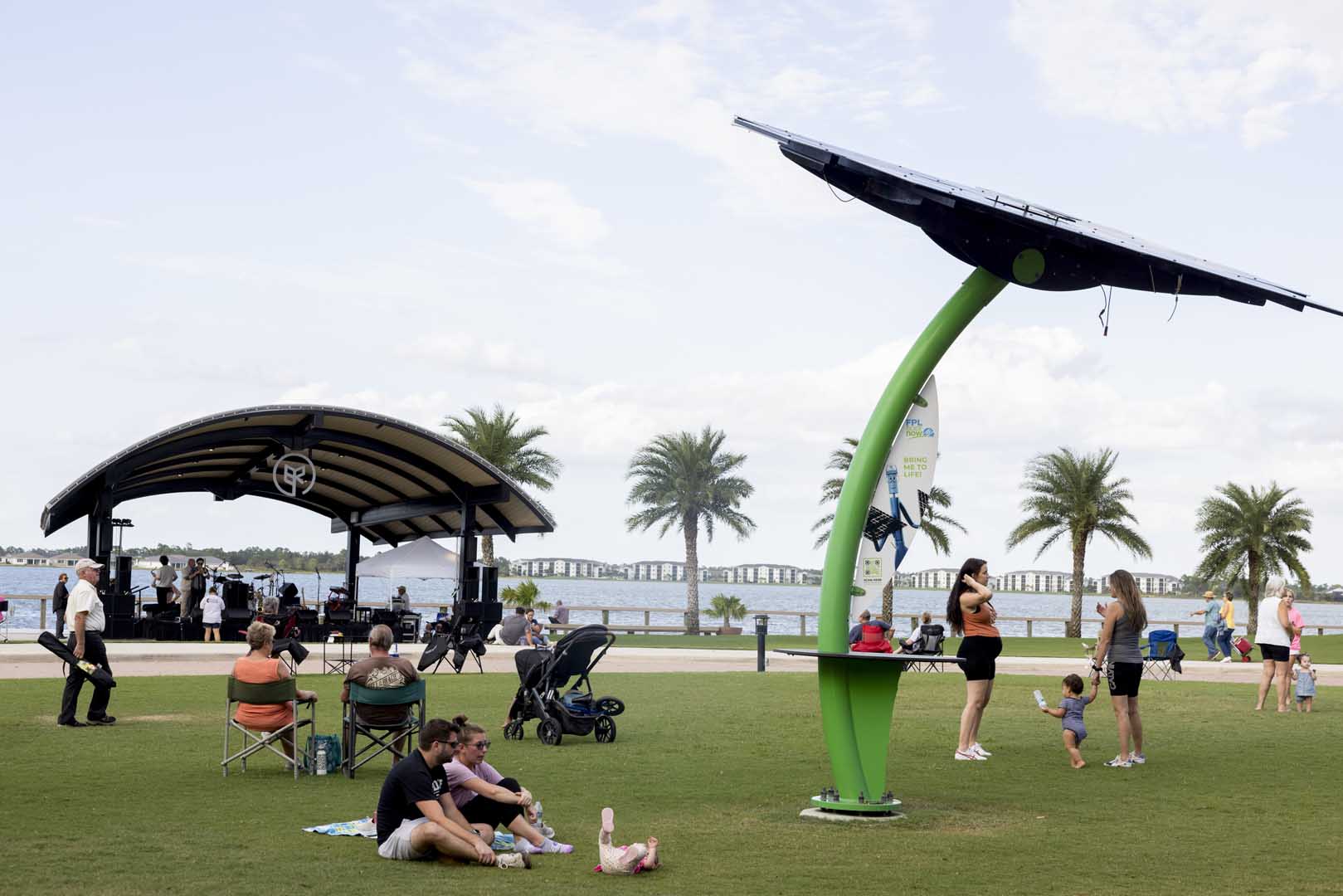Hurricane
LESSONS FROM THE FLORIDA PANHANDLE
How to build a hurricane-tough house
Hurricanes are among the most destructive natural disasters on Earth. They bring catastrophic winds, torrential rain, and storm surges that can obliterate communities in hours. As these storms grow stronger and more frequent due to climate change, the need for homes that can withstand such forces grows too.
But is there such a thing as a hurricane-proof house? While no structure is entirely immune to the fury of a Category 5 hurricane, modern engineering has made it possible to create homes that are highly wind-resistant, significantly reducing the risk of destruction.
So What Makes a Wind-Resistant Home?
Key features include aerodynamic shapes to reduce wind pressure, reinforced concrete or steel structures, and impact-resistant windows and doors. Roofs, often a home’s weakest point, can be designed with hurricane clips or straps that anchor them securely to the walls. Elevated foundations also help protect against storm surges and flooding.
Building codes in hurricane-prone regions have evolved to incorporate many of these features. For example, homes in Florida must meet stringent standards like the ability to withstand winds of up to 150 miles per hour. However, retrofitting older homes to meet these standards is often expensive, leaving many vulnerable to the next big storm.
Lessons from Hurricane Havoc
Recent hurricanes offer a sobering reminder of why wind-resistant homes are essential. In 2018, Hurricane Michael devastated parts of the Florida Panhandle, destroying nearly every structure in its path. Among the ruins stood a single home, known as the “Sand Palace.” This house survived due to its reinforced concrete walls, elevated design, and specialized windows, proving that climate resilient construction can make a difference.
Hurricane Ian in 2022 taught us similar lessons. The storm caused over $100 billion in damages, with many homes flattened by winds and flooding. Thousands of families were displaced, and entire communities had to wait months to even begin rebuilding. These underscore the need for widespread adoption of hurricane-resistant building techniques.
From Individual Homes to Community Resilience
Building hurricane-resistant homes isn’t just about individual safety; it’s about community resilience. When neighborhoods are constructed to withstand wind, they are less likely to collapse in storms. This cuts recovery costs, avoids a strain on emergency services, and allows people to go back to normal life faster.
Moreover, climate resilient homes have long-term economic and environmental benefits. While initial construction costs may be higher, the savings in insurance premiums and by avoiding devastating damage quickly outweigh the expenses. For coastal regions, where hurricanes are a fact of life, these investments are necessary for survival.
While no house can be truly “hurricane-proof,” adopting wind-resistant design principles can drastically improves safety and resilience. Governments, builders, and homeowners need to prioritize their use to protect lives and property. In the age of supercharged storms, building for the future means building to withstand the wind.




